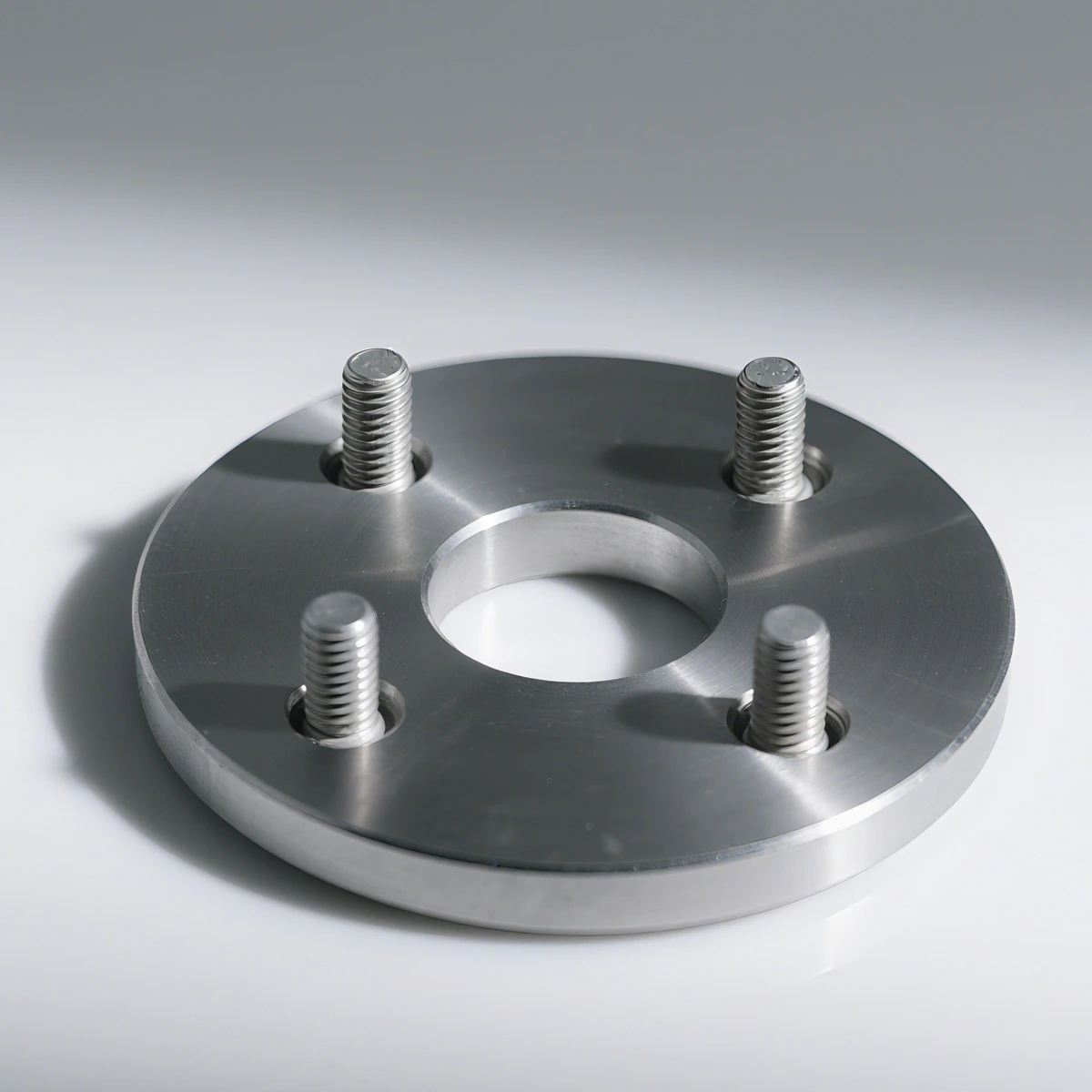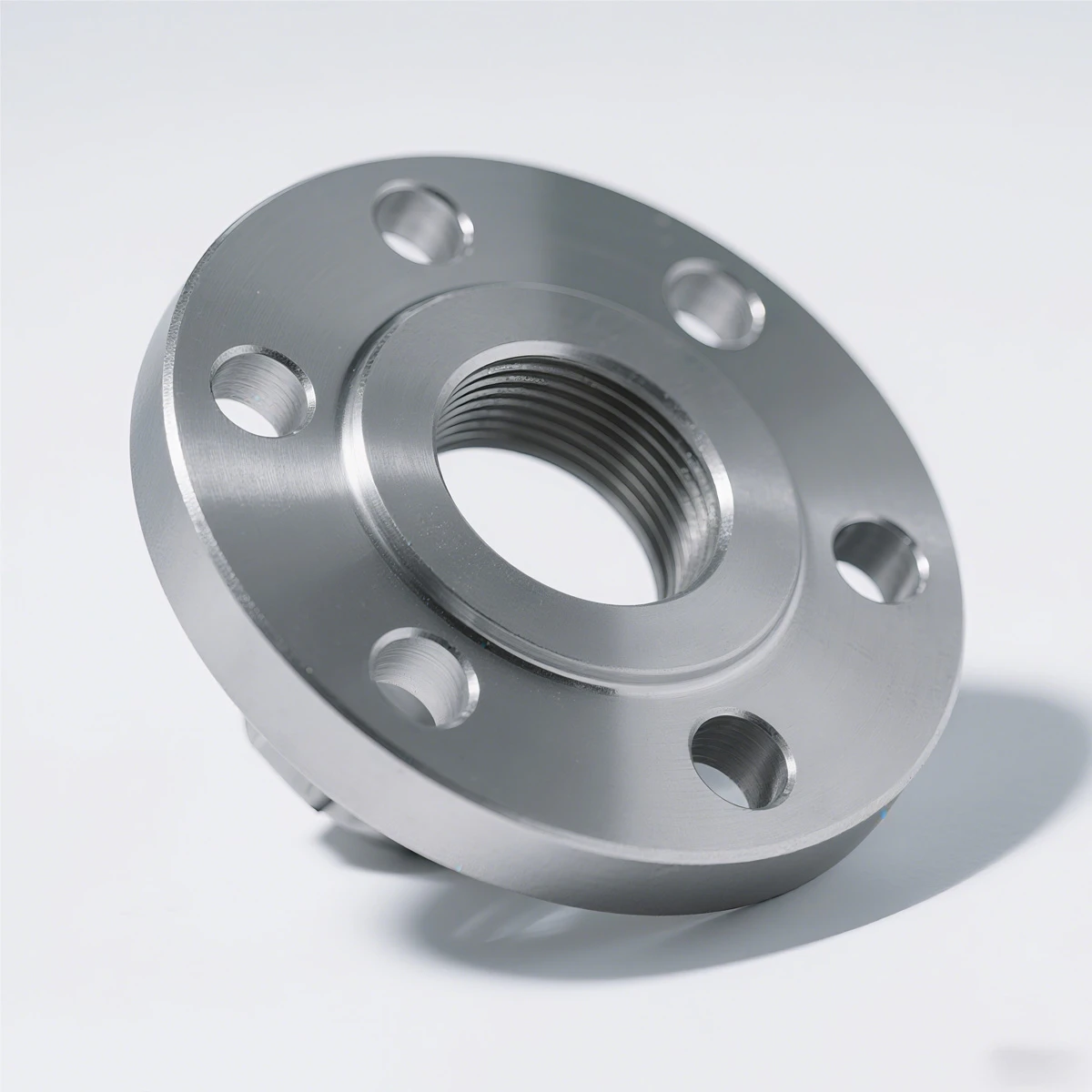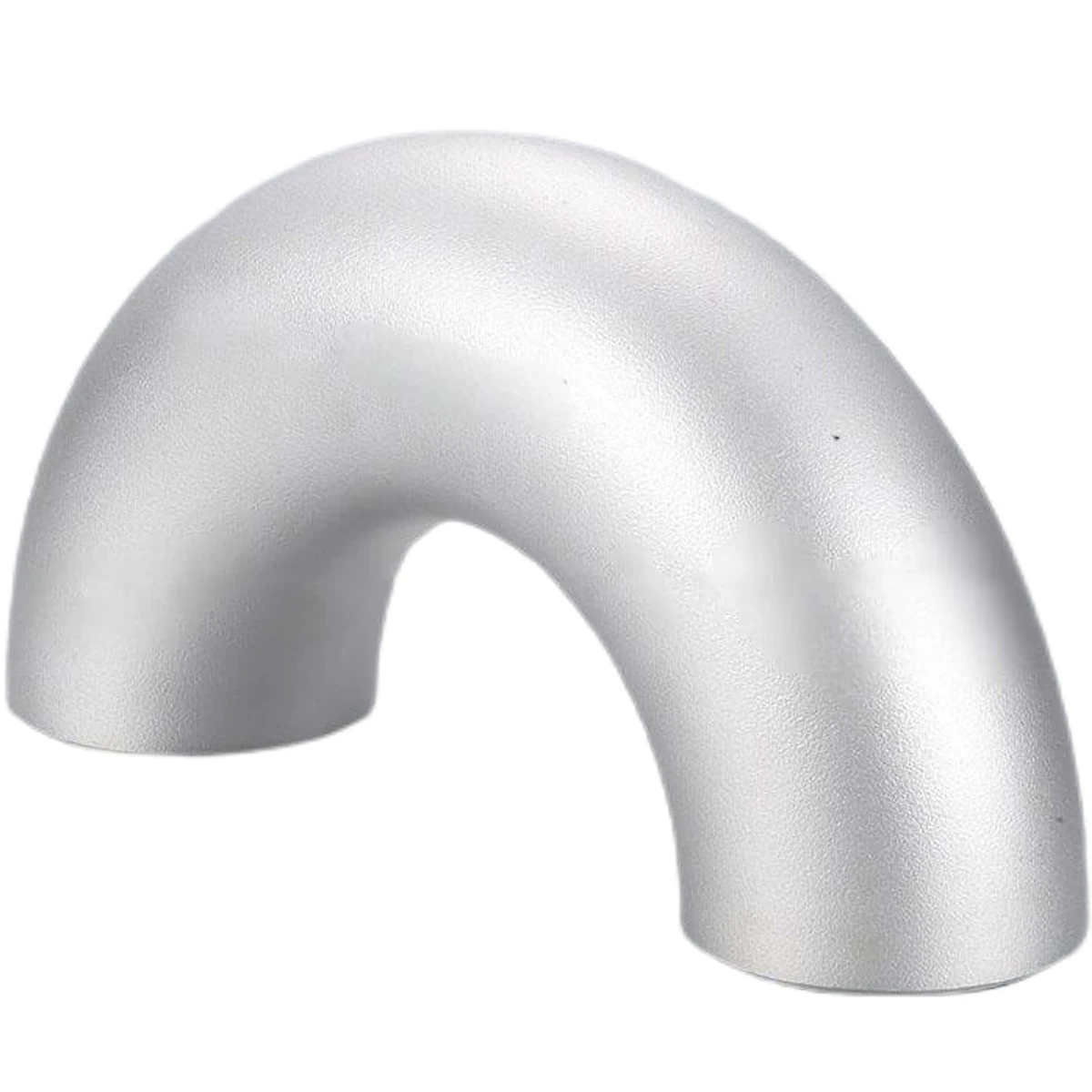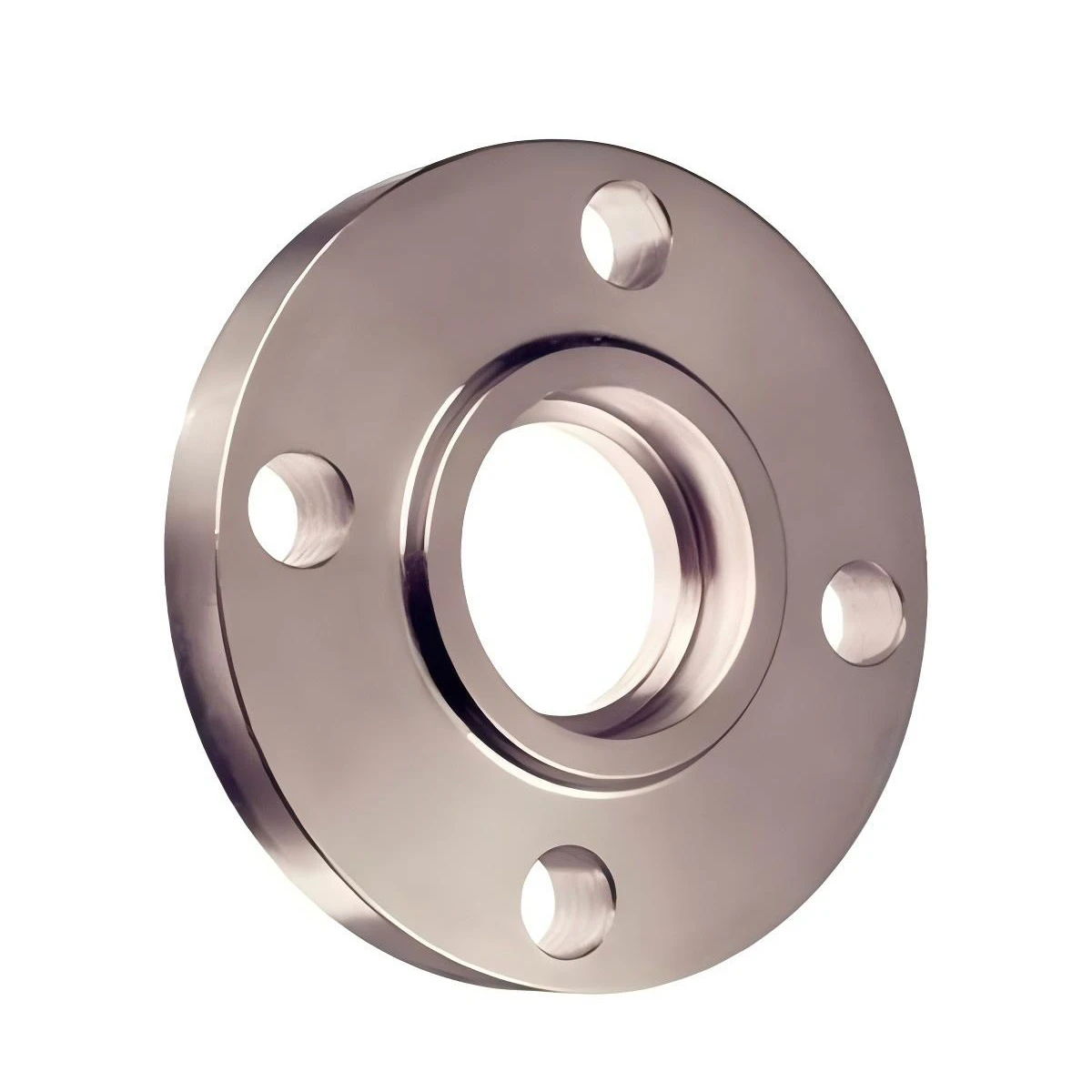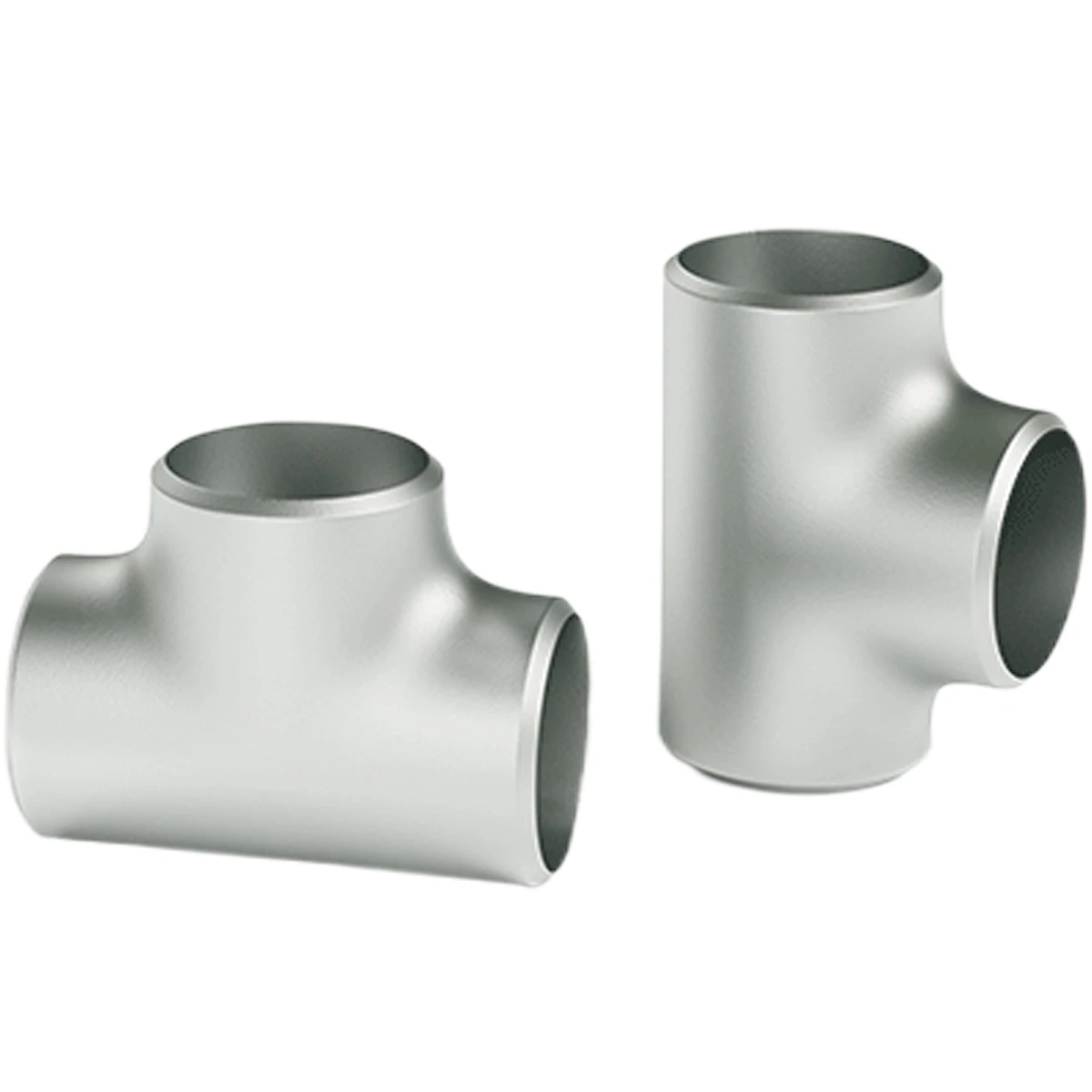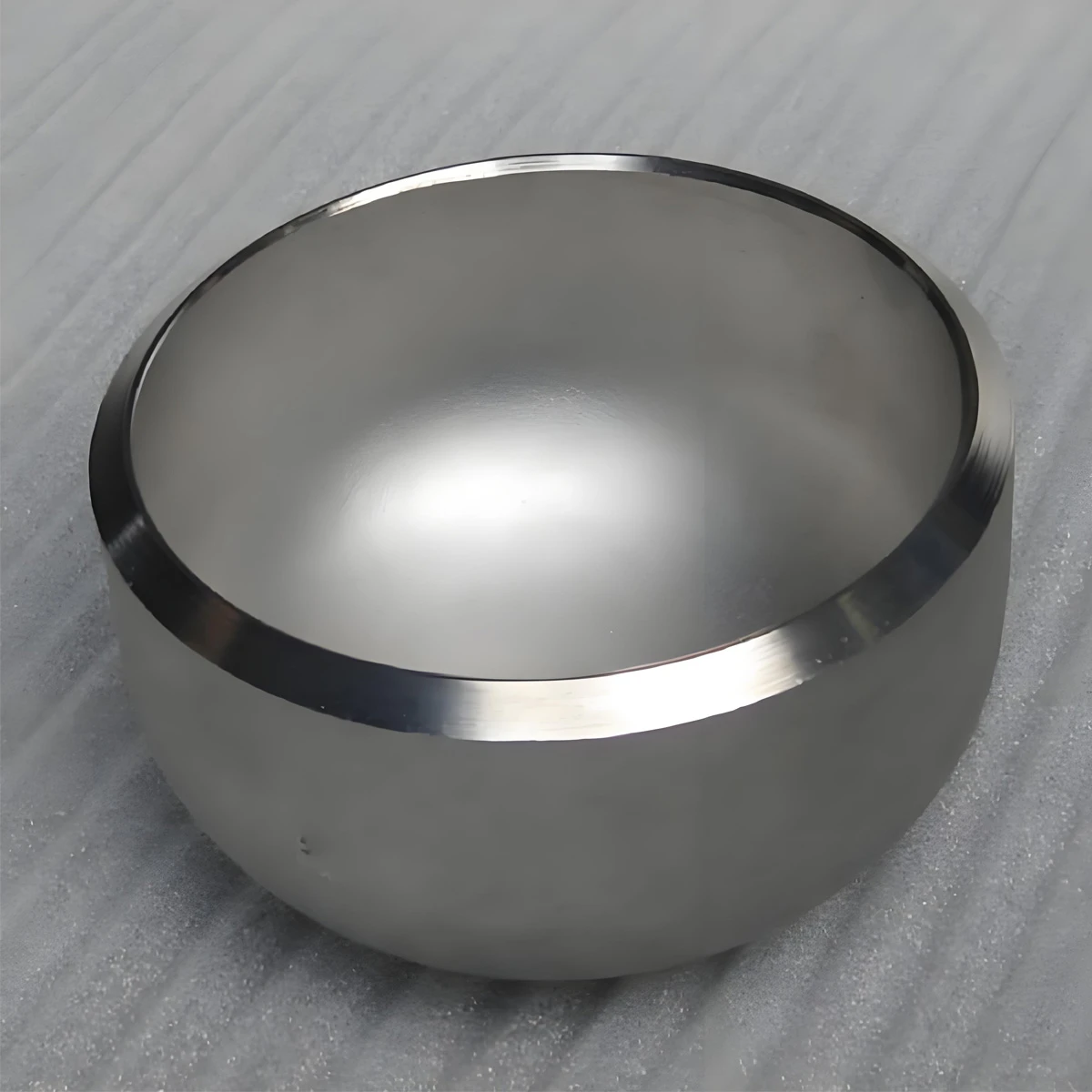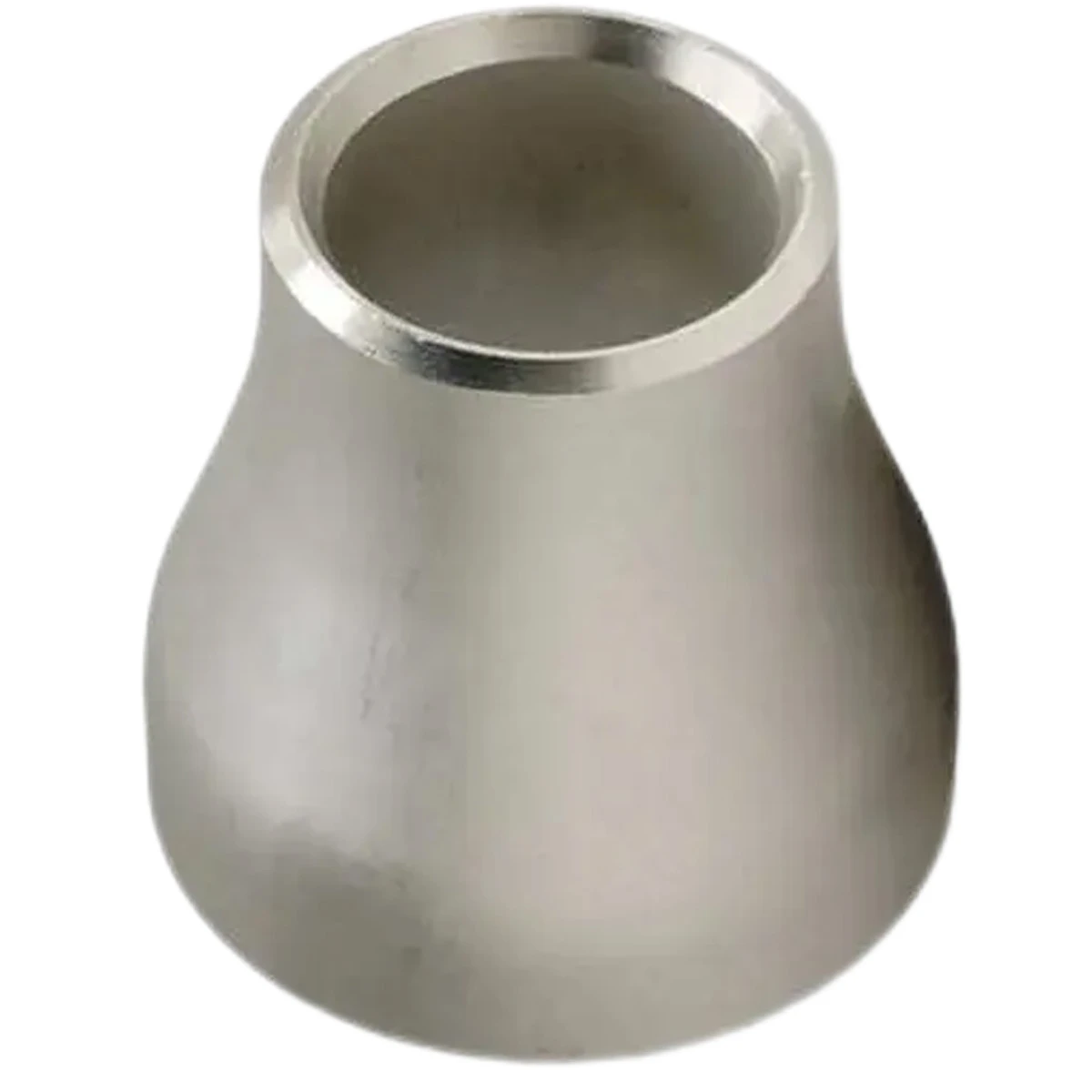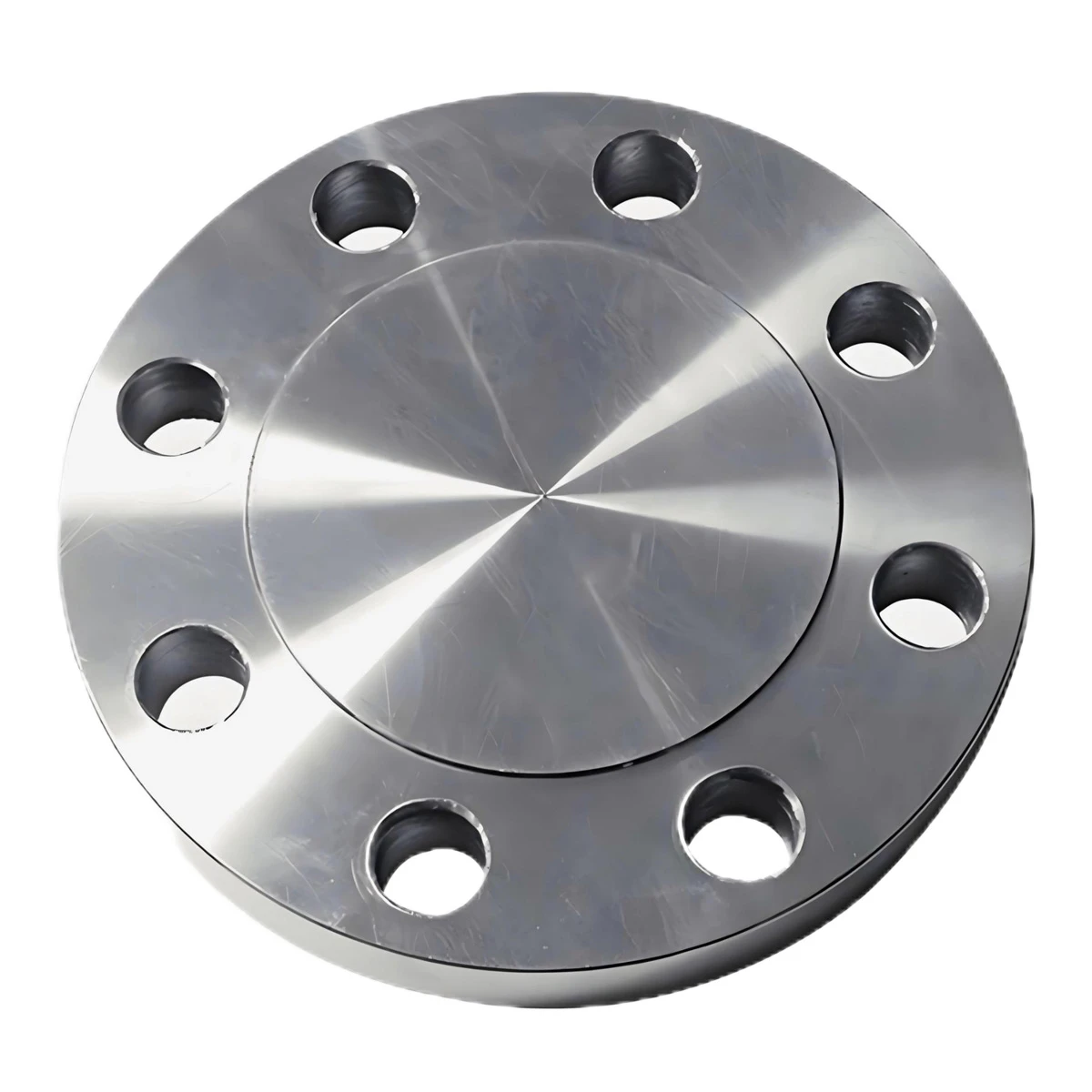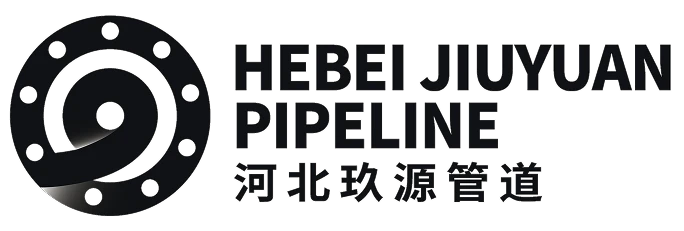
- Albanian
- Arabic
- Armenian
- Azerbaijani
- Belarusian
- Bengali
- Bulgarian
- Croatian
- Czech
- Danish
- Dutch
- English
- Esperanto
- Finnish
- French
- German
- Greek
- Hebrew
- Hungarian
- Indonesian
- irish
- Italian
- Japanese
- Khmer
- Korean
- Kyrgyz
- Lao
- Latin
- Lithuanian
- Malay
- Myanmar
- Norwegian
- Persian
- Polish
- Portuguese
- Romanian
- Russian
- Serbian
- Slovak
- Slovenian
- Spanish
- Swedish
- Tagalog
- Thai
- Turkish
- Turkmen
- Uzbek
- Vietnamese
- Zulu
Premium Neck Flanges | Strong & Durable Piping Solution
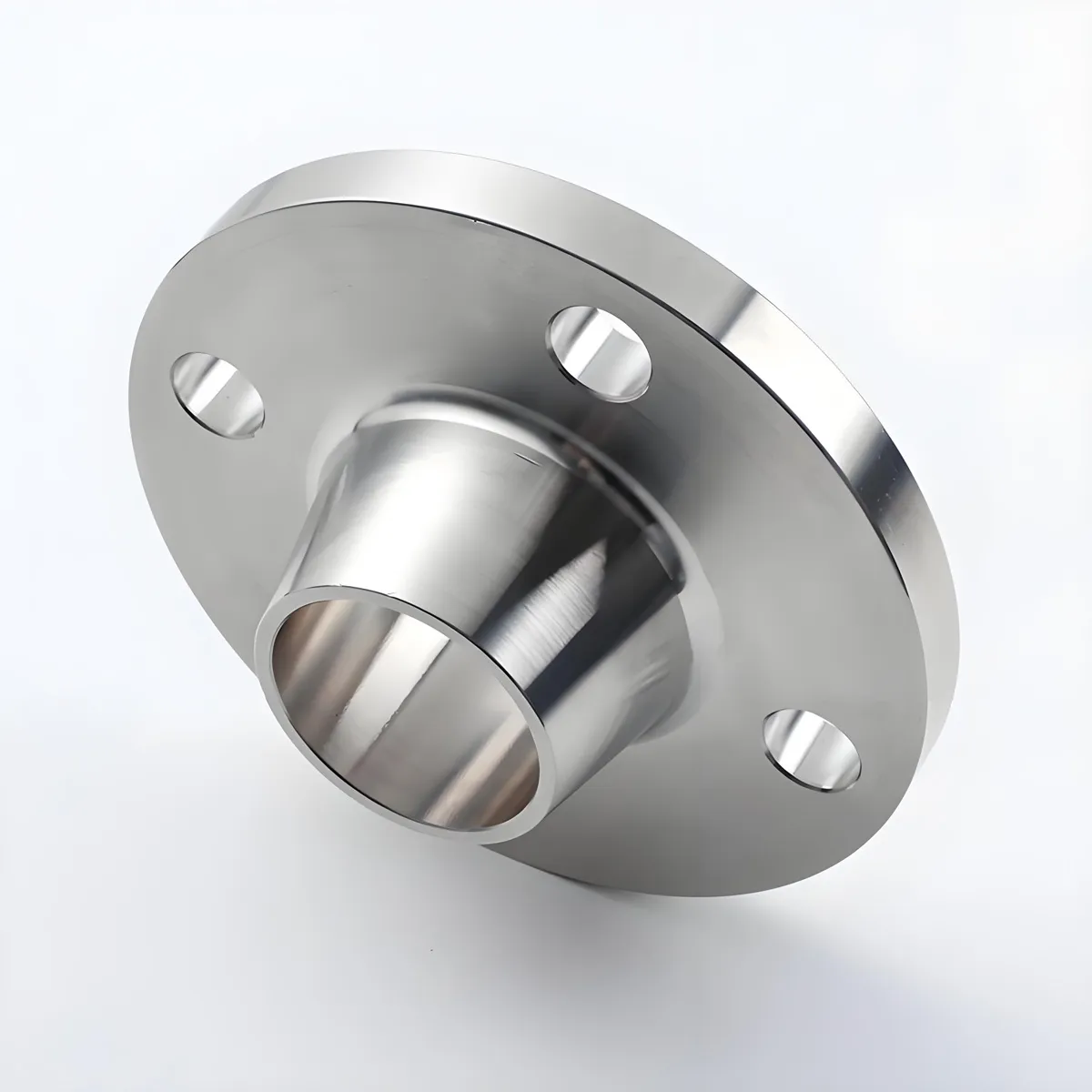
Engineering Excellence & Application of Butt-Weld Neck Flanges: Industry Trends, Technical Parameters, and Custom Solutions
Overview: What is a Neck Flange?
A neck flange is a type of pipe flange distinguished by its integral neck that gradually transitions to the wall thickness of the pipe—making it ideal for high-pressure, high-stress environments. Among various types, the Butt-Weld Neck Flange (commonly known as Weld Neck Flange) is most recognized for its robust connection—achieved via butt welding, ensuring minimal stress concentration and a seamless flow path for processing fluids or gases.


Above: Example of a high-pressure neck flange with visible weld neck profile.
Related Terms: Butt weld flange, weld neck flange. All are widely used in oil & gas, petrochemical, metallurgy, water management, and energy sectors.
Industry Insight: According to the Grand View Research 2023 report, the global industrial flange market size reached USD 6.5 billion, with usage of neck flanges expected to grow 4.3% CAGR through 2028 due to rising investments in refinery and pipeline infrastructure.
Industry Insight: According to the Grand View Research 2023 report, the global industrial flange market size reached USD 6.5 billion, with usage of neck flanges expected to grow 4.3% CAGR through 2028 due to rising investments in refinery and pipeline infrastructure.
Key Neck Flange Parameters & Types Comparison Table
Choosing the correct neck flange requires a clear understanding of core specifications, mechanical standards, and certifications. The table below aids comparison among typical flange solutions:
Data based on ANSI B16.5 & EN 1092-1; for special alloys or higher pressure, consult manufacturer.
| Parameter | Butt-Weld Neck Flange | Slip-On Flange | Socket Weld Flange | Blind Flange |
|---|---|---|---|---|
| Pressure Rating (ANSI) | 150-2500 | 150-900 | 150-900 | 150-2500 |
| Connection Type | Butt Weld | Fillet Weld | Socket Weld | No Connection |
| Typical Sizes (DN, inch) | DN15–DN2400 (1/2”–96”) | DN15–DN600 (1/2”–24”) | DN15–DN600 (1/2”–24”) | DN15–DN2400 (1/2”–96”) |
| Standards | ANSI, ASME, EN, DIN, JIS, GOST, ISO | ANSI, ASME, EN, JIS | ANSI, ASME, EN | ANSI, ASME, EN |
| Leakage Resistance | Excellent | Good | Good | Excellent |
| Usage | High-temp/pressure, cyclic loads | Low-mod pressure, less stress | Small-diameter, moderate stress | Pipe end/inspection/blanking |
Manufacturing Process of Butt-Weld Neck Flange: Step-by-Step Illustrated
The production of a Butt-Weld Neck Flange requires precision, industrial expertise, and compliance with international standards. The process involves:
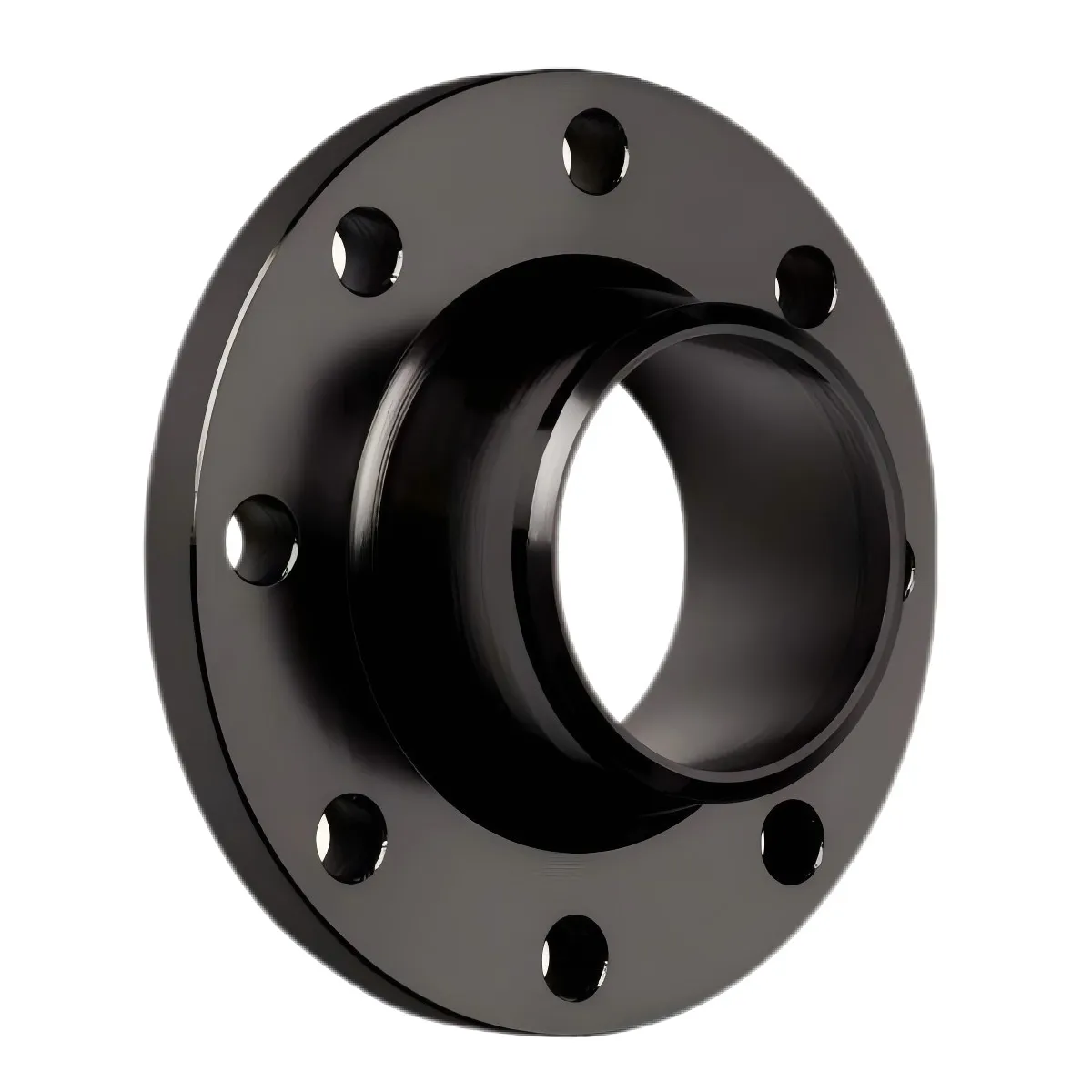
1. Raw Material Selection (ASTM A105 / A105N / F304 / F316)
High-quality forged steel or stainless billets. Material is tested for chemical composition (per ISO 15510, ASTM A182).
High-quality forged steel or stainless billets. Material is tested for chemical composition (per ISO 15510, ASTM A182).
2. Forging – Billet heated to 1050–1250°C, shaped under hydraulic press (800–4000T), producing superior grain structure.
Why Forging? Minimizes porosity, enhances mechanical strength and fatigue resistance.
Why Forging? Minimizes porosity, enhances mechanical strength and fatigue resistance.
3. Heat Treatment – Stress relieving or normalizing (per ASME SA182/F44 parameters) to achieve desired strength, toughness & microstructure.
4. CNC Machining – Automated lathes create bevel, neck transition, and bolt holes to precise tolerances (±0.02mm).
5. Surface Treatment – Shot blasting & anti-corrosion coating (e.g., 3LPE, Zinc, Epoxy), critical for corrosive applications.
6. Dimensional & NDT Inspection – 100% ultrasonic, radiography and PMI per EN 10204 3.1, ISO 9001:2015.
7. Marking, Packing, Traceability – Laser-etched codes for full lifecycle traceability, seaworthy packing.
Short video reference:
How a Neck Flange is Forged & Machined
Technical Metrics & Specification Highlights: Butt-Weld Neck Flange
Typical technical indices for industrial neck flange solutions:
| Attribute | Standard Value | HBJY Butt-Weld Neck | Market Avg |
|---|---|---|---|
| Pressure Class | ANSI 150–2500 | 150–2500 | 150–1500 |
| Materials | A105, F304/316, F51, F53, C22 | A105N, 304/304L, 316/316L, F52 | A105, 316L |
| Diameter Available | ½″–96″ | ½″–96″ | ½″–48″ |
| Hardness (HB) | ≤ 195 (A105), ≤ 187 (304) | 187–195 | 185–195 |
| Corrosion Resistance | ISO 9227 (500Hr min) | PASS 720Hr | PASS 360-480Hr |
| Surface Finish | Ra ≤ 3.2μm | Ra 1.6μm | Ra 3.2μm |
| Certification | ISO9001, PED, SGS | ISO9001, EN10204 3.1, PED | ISO9001 |
Application & Industry Use Cases: Where Neck Flange Excels
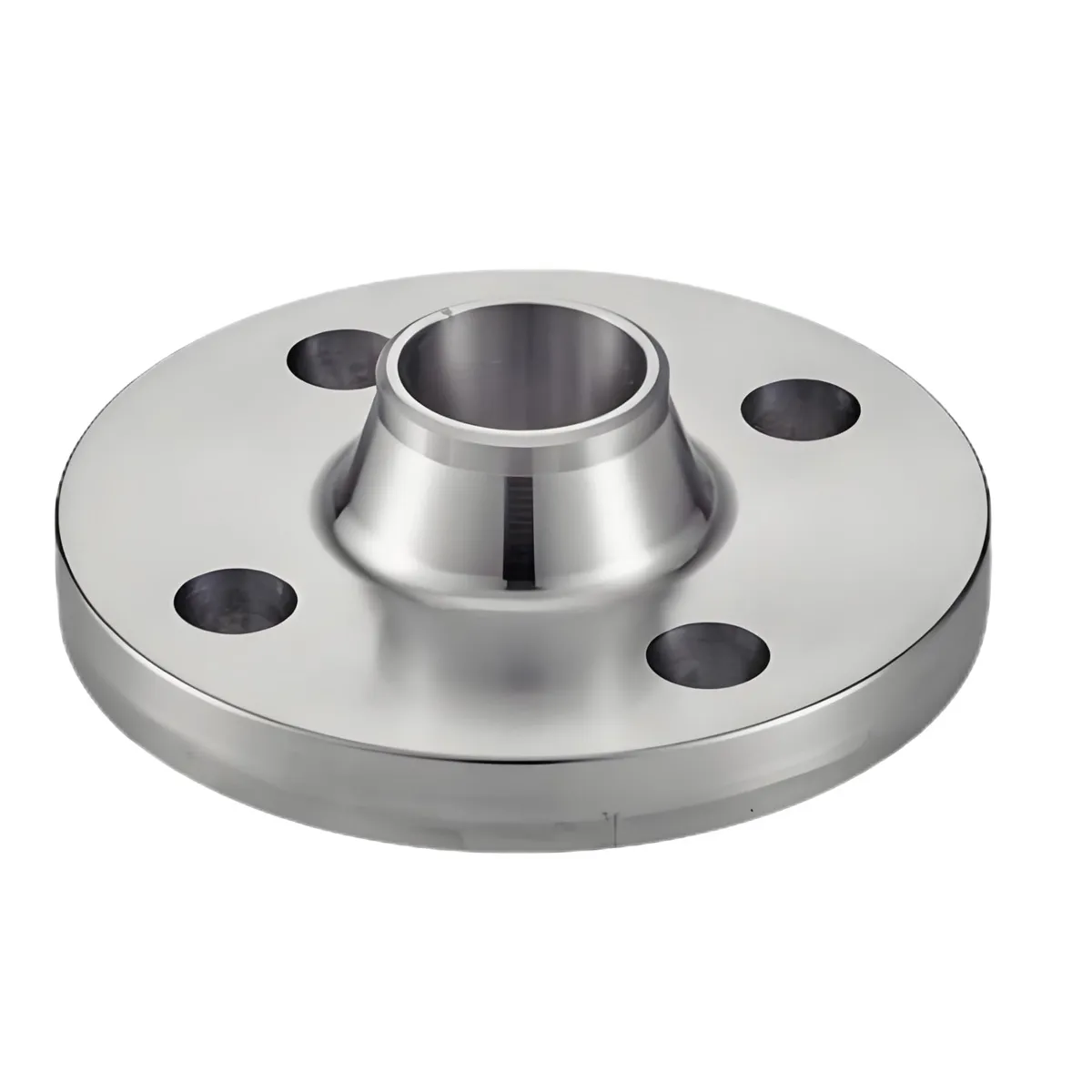 Butt-weld neck flanges are essential for:
Butt-weld neck flanges are essential for:
- Petrochemical pipelines: Withstand cyclic loads, elevated temperatures, aggressive chemicals (e.g., in refineries, gas-processing, LNG terminals).
- Power plants: Supercritical steam, high-pressure water supply lines—secure against thermal expansion.
- Water treatment: Desalination, waste treatment, pump outlet manifolds—corrosion control in saline/acidic environments, compliant with API 605, ISO 7005-1 standards.
- Metallurgy/Steel mills: For high-pressure gas conveying (N2, O2, CO2 systems).
- Excellent alignment ensures minimal fluid turbulence and pressure drop.
- No leak design with low-stress concentration.
- Superior mechanical strength for seismic, vibration, or cyclic operations.
- Longer service life: typical MTTF > 25 years (as per ISO 15614).
- Defect-free due to 100% NDT (Ultrasonic, X-ray) and PMI traceability.
Manufacturer Credentials & Industry Benchmarking
 Why Choose HBJY Butt-Weld Neck Flanges?
Why Choose HBJY Butt-Weld Neck Flanges?
| Feature | HBJY | Typical Competitor* |
|---|---|---|
| Quality Control | ISO9001:2015, ISO14001, PED-approved, EN10204 3.1 MTRs | ISO9001, MTC/COC |
| Raw Material Traceability | Full digital batch trace from steel mill | Partial / only final inspection |
| Certifications | SGS, Lloyd’s Register, BV, TUV, DNV | Mainly local regulatory, few international |
| OTD (On-time delivery) | 98% (tracked 5 years) | 85-90% |
| Average Lifespan | >>27 years (ref plant data) | 17–24 years |
| Support | 24/7, custom logistic, fast response | Email-based, timezone lag |
* Benchmark via third-party audits & refinery customer surveys, 2022.
Major Corporate Partners: CNPC, Sinopec, BASF, POSCO, Veolia, Tata Steel.
Authoritative Quotes: “HBJY’s strict adherence to EN 1092 and PED standards ensures a zero-failure rate throughout our projects in EU pipelines.” — Veolia Water Project Manager, 2023.
Major Corporate Partners: CNPC, Sinopec, BASF, POSCO, Veolia, Tata Steel.
Authoritative Quotes: “HBJY’s strict adherence to EN 1092 and PED standards ensures a zero-failure rate throughout our projects in EU pipelines.” — Veolia Water Project Manager, 2023.
Custom Design for Neck Flange: Solutions & Engineering Services
Flexible Customization: HBJY supports OEM/ODM production, CAD-based design, and rapid prototyping with:
- Special alloys (Inconel, Monel, Alloy 20) for seawater and chemical plant safety.
- Non-standard sizes or thickness (project-specific DWT/WT).
- Optimized neck contouring for vibration & seismic resilience.
- Low-temperature (-101°C), cryogenic and duplex/super-duplex material solutions.
- Technical drawing (PDF/STEP) + material review + rapid DFM check within 24h.
- Advanced simulation: FEA for stress & fatigue.
- Sample production & 24h express dispatch for approval.
- Scaled manufacturing with cross-checks at each stage.
For urgent engineering projects, expedited manufacturing cycles are available: 2–4 weeks (Ex-works, below DN600); 6–12 weeks (large OD/high alloy).
Case Study: Butt-Weld Neck Flange in Action
Project: Sea Water Desalination Plant, UAE
Specifications: 316L stainless butt-weld neck flanges, Sizes 8"–36", Class 600/900
Challenge: Extreme saline corrosion, 24/7 operation required zero leakage & minimal maintenance.
HBJY Solution: Ultra-low ferrite steel, 3LPE coating, full track heat number for every interceptor.
Results: Passed 10,000 hr salt spray test (ISO 9227); maintenance interval increased by 24% over previous GOST standard flanges. Supervised by SGS.
Client feedback: “HBJY flanges resulted in substantial downtime savings—zero leaks since commissioning in July 2022.” — Plant Operation Director, 2023.
Specifications: 316L stainless butt-weld neck flanges, Sizes 8"–36", Class 600/900
Challenge: Extreme saline corrosion, 24/7 operation required zero leakage & minimal maintenance.
HBJY Solution: Ultra-low ferrite steel, 3LPE coating, full track heat number for every interceptor.
Results: Passed 10,000 hr salt spray test (ISO 9227); maintenance interval increased by 24% over previous GOST standard flanges. Supervised by SGS.
Client feedback: “HBJY flanges resulted in substantial downtime savings—zero leaks since commissioning in July 2022.” — Plant Operation Director, 2023.
FAQ: Technical Queries on Butt-Weld Neck Flange
Q1: What are the most common materials used for neck flange manufacturing?
A: Carbon steel (A105N, A350 LF2), stainless steels (304, 316, 321), duplex alloys (F51/F53), and nickel alloys (Inconel 600). Choice depends on pressure, temperature, and medium aggressiveness.
Q2: How is a weld neck flange installed, and what standard is it based on?
A: It is butt-welded to the pipe using full penetration welds according to ASME B31.3 and B16.25. Proper alignment and root cleaning are essential to prevent stress risers.
Q3: What are typical testing standards for neck flange before shipping?
A: Hydrostatic pressure test (EN 10204 3.1), ultrasonic/radiographic NDT (ISO 17640), and positive material identification (PMI) using XRF/Optical Emission Spectrometry.
Q4: What distinguishes a butt weld flange from a slip-on flange?
A: Butt weld flanges provide a full penetration weld to pipe, offering higher integrity and resistance to bending stress compared to slip-on, which require only a fillet weld.
Q5: Is traceability possible for each neck flange?
A: Yes. Modern manufacturers etch heat numbers or barcodes directly onto the product, ensuring lifecycle traceability per EN 10204.
Q6: What is the typical delivery/lead time for OEM neck flange?
A: Standard sizes are shipped in 7–20 working days; for custom house designs or exotic alloys, 3–8 weeks depending on complexity and inspection regime.
Q7: What is the warranty or after-sales policy?
A: HBJY offers a 24-month warranty from delivery, with 24/7 online technical consultation, and free replacement within warranty against any manufacturing defect (subject to audit).
Quality Commitment & Customer Support: Buy With Confidence
HBJY Advantages:
- 24/7 engineering hotline: construction, installation, commissioning, and trouble-shooting support.
- 2-year warranty (ex-works), free replacement for verified defects, process transparency.
- Flexible payment (LC, TT, D/P), anti-counterfeit product codes, audit-ready QMS.
- Comprehensive documentation package (CAD, MTC, late-stage inspection, NDT records).
References & Further Reading:
- Grand View Research, “Industrial Flanges Market Size & Share Report,” 2023.
www.grandviewresearch.com/industry-analysis/flanges-market - ASM International, “Weld Neck Flange: Application & Analysis,” Metallurgical Journal, 2021.
www.asminternational.org - World Pipeline Forum (2023): User reviews, installation best practices.
www.worldpipelines.com - “Flange Type Comparison”, Engineering Toolbox, 2023.
www.engineeringtoolbox.com/flanges-types-d_1301.html
This is the last article
-
 Apr. 24, 2025
Apr. 24, 2025Jiuyuan Pipeline is excited to announce its participation in the upcoming 2025 Wire / Tube with Metal & Steel KSA exhibition, scheduled from May 5th to May 7th, 2025.
-
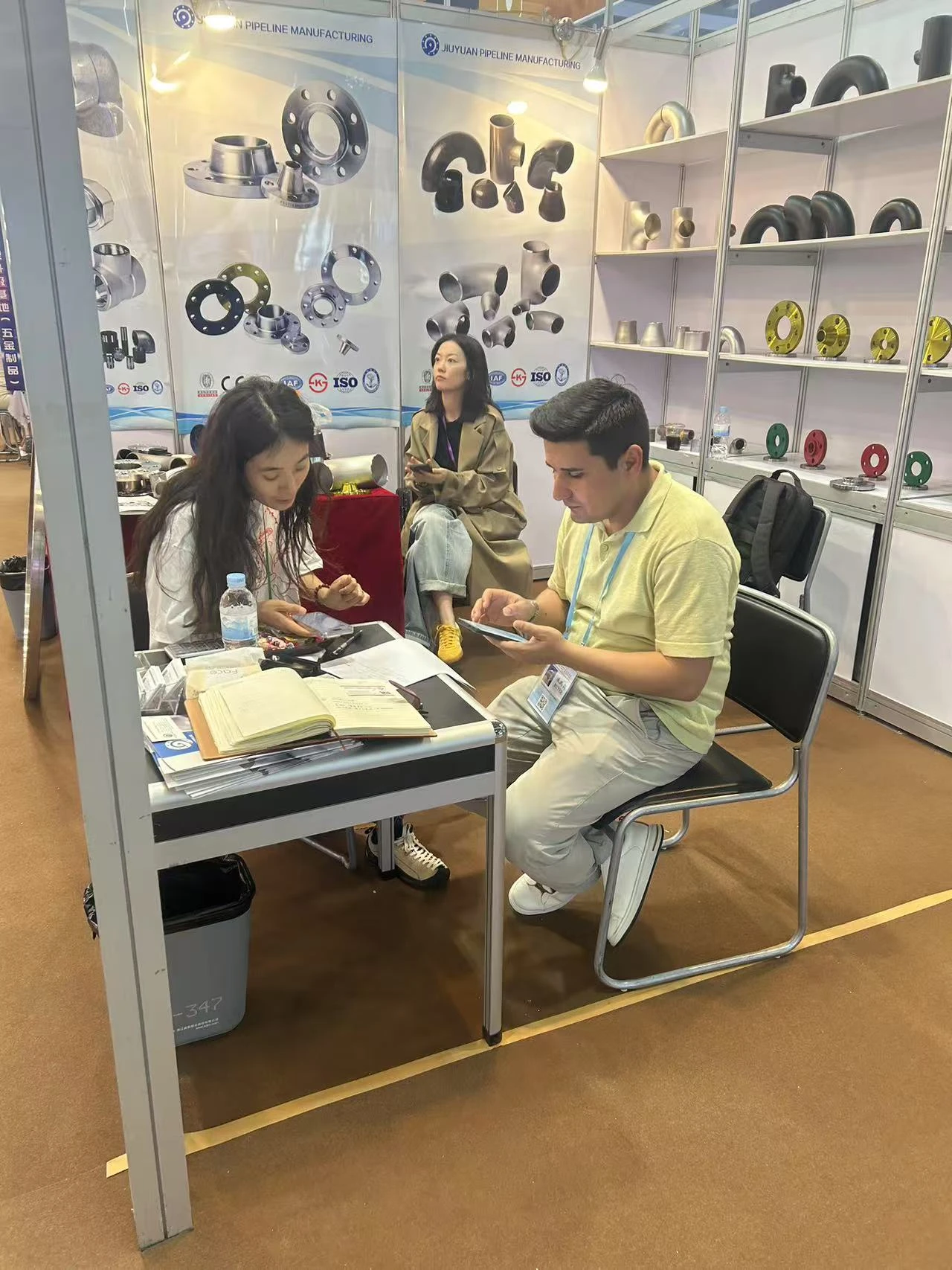 Apr. 28, 2025
Apr. 28, 2025From April 15 to April 19, 2025, our company proudly participated in the renowned Canton Fair held in Guangzhou, China.
If you are interested in our products, you can choose to leave your information here, and we will be in touch with you shortly.
